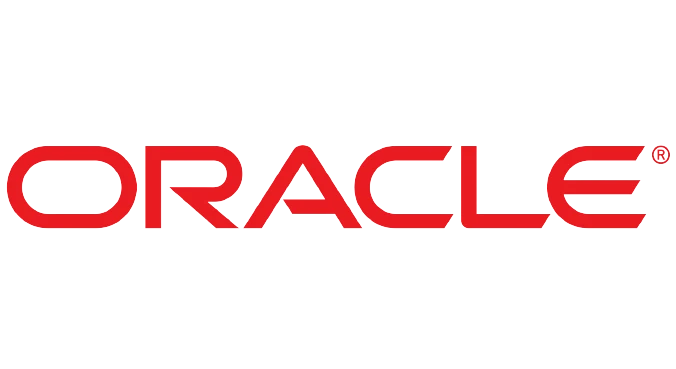Bu Oracle Veritabanı 12c: Veri Ambarı için Analitik SQL eğitimi, verileri toplamak, analiz etmek, raporlamak ve modellemek için Analitik SQL’i nasıl kullanacağınızı öğretmektedir. Uzman Oracle University eğitmenleriyle etkileşime girin. Bu eğitimde sizlere Oracle İş Zekası Bulut Servisi tanıtılacaktır.
Hedefler
- ROLLUP ve CUBE işleçlerini kullanarak verileri gruplandırma ve birleştirme
- Sıralama, LAG/LEAD ve FIRST/LAST fonksiyonlarını kullanarak verileri analiz etme ve raporlama
- Sorgu sonuçlarından çok boyutlu bir dizi oluşturmak için MODEL şartını kullanma
- Birleştirme, Analiz ve Raporlama ve Model Verileri için Analitik SQL kullanma
- Hiyerarşik sorgu kavramını yorumlama, ağaç yapılı bir rapor oluşturma, hiyerarşik verileri biçimlendirme ve ağaç yapısından dalları ayırma
- Oracle İş Zekası Bulut Servisini anlama
- Dizileri arama, eşleştirme ve değiştirme için düzenli ifadeleri kullanma
- MATCH_RECOGNIZE şartını kullanarak düzen eşleştirmesini gerçekleştirme
- Introduction
- Course Objectives, Course Agenda and Class Account Information
- Describe the Schemas and Appendices used in the Lesson
- Overview of SQL*Plus Environment
- Overview of SQL Developer
- Overview of Analytic SQL
- Oracle Database SQL and Data Warehousing Documentation
- Grouping and Aggregating Data Using SQL
- Generating Reports by Grouping Related Data
- Review of Group Functions
- Reviewing GROUP BY and HAVING Clause
- Using the ROLLUP and CUBE Operators
- Using the GROUPING Function
- Working with GROUPING SET Operators and Composite Columns
- Using Concatenated Groupings with Example
- Hierarchical Retrieval
- Using Hierarchical Queries
- Sample Data from the EMPLOYEES Table
- Natural Tree Structure
- Hierarchical Queries: Syntax
- Walking the Tree: Specifying the Starting Point
- Walking the Tree: Specifying the Direction of the Query
- Using the WITH Clause
- Hierarchical Query Example: Using the CONNECT BY Clause
- Working with Regular Expressions
- Introducing Regular Expressions
- Using the Regular Expressions Functions and Conditions in SQL and PL/SQL
- Introducing Metacharacters
- Using Metacharacters with Regular Expressions
- Regular Expressions Functions and Conditions: Syntax
- Performing a Basic Search Using the REGEXP_LIKE Condition
- Finding Patterns Using the REGEXP_INSTR Function
- Extracting Substrings Using the REGEXP_SUBSTR Function
- Analyzing and Reporting Data Using SQL
- Overview of SQL for Analysis and Reporting Functions
- Using Analytic Functions
- Using the Ranking Functions
- Using Reporting Functions
- Performing Pivoting and Unpivoting Operations
- Performing Pivoting Operations
- Using the PIVOT and UNPIVOT Clauses
- Pivoting on the QUARTER Column: Conceptual Example
- Performing Unpivoting Operations
- Using the UNPIVOT Clause Columns in an UNPIVOT Operation
- Creating a New Pivot Table: Example
- Pattern Matching using SQL
- Row Pattern Navigation Operations
- Handling Empty Matches or Unmatched Rows
- Excluding Portions of the Pattern from the Output
- Expressing All Permutations
- Rules and Restrictions in Pattern Matching
- Examples of Pattern Matching
- Modeling Data Using SQL
- Using the MODEL clause
- Demonstrating Cell and Range References
- Using the CV Function
- Using FOR Construct with IN List Operator, incremental values and Subqueries
- Using Analytic Functions in the SQL MODEL Clause
- Distinguishing Missing Cells from NULLs
- Using the UPDATE, UPSERT and UPSERT ALL Options
- Reference Models
- Oracle Business Intelligence Cloud Service Overview
- Oracle BI Cloud Service
- Introducing Oracle Business Intelligence Cloud Service
- Guidance Through Exploratory Analysis & Deep Discovery through Rich FeatureSet
- BICS Can Integrate Any Data Source Quickly
- BICS Makes Any Time The Right Time For New Insights
- Speed, Flexibility and Economy of Cloud
- Immediate Access to New Functionality
- Enterprise-Grade Service Reliability





















